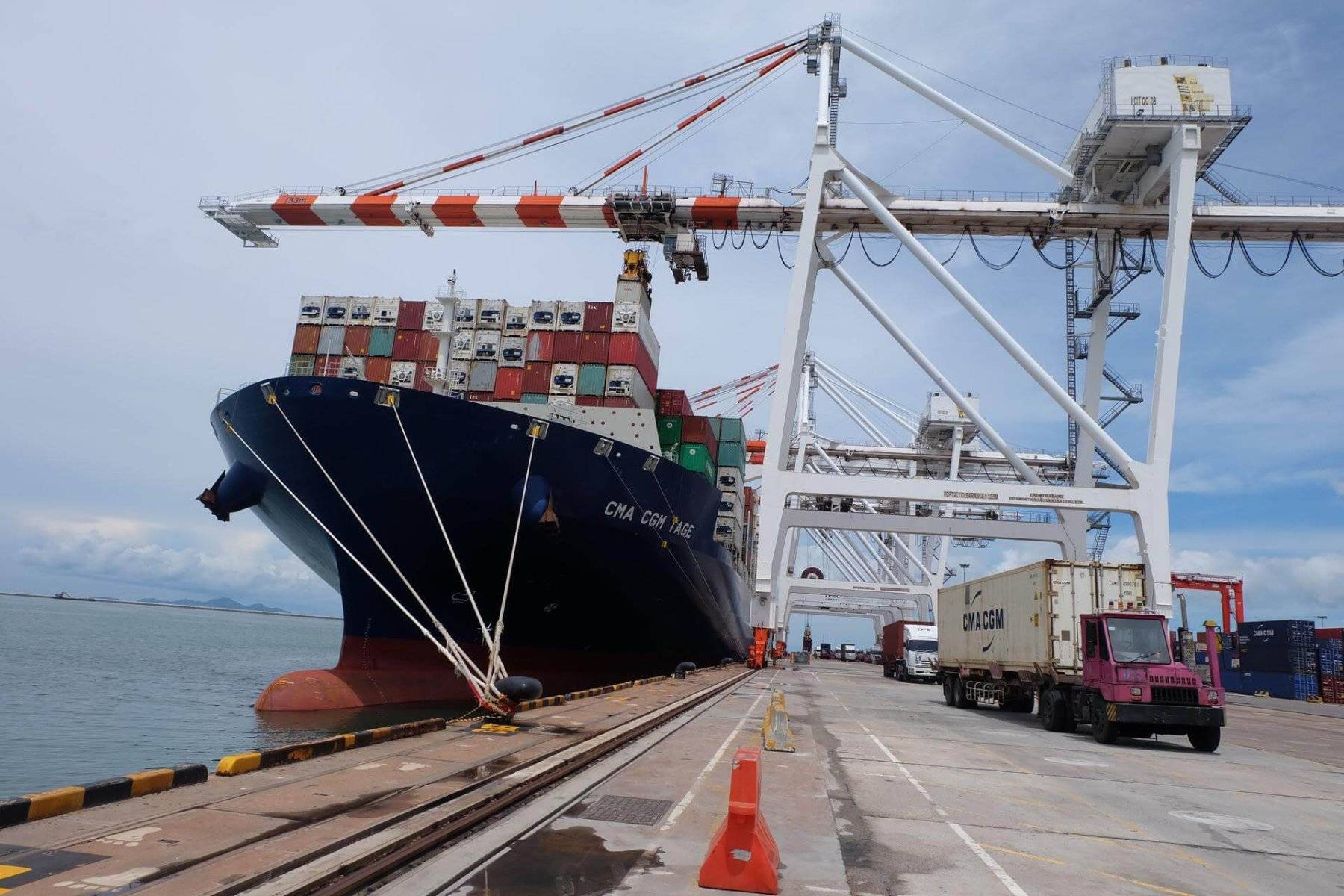In today’s fast-paced world, data has become the backbone of almost every industry, and shipping is no exception. From route optimization to inventory management, data-driven insights are transforming how businesses operate, making shipping faster, cheaper, and more reliable. For companies looking to improve their shipping processes, understanding and utilizing data isn’t just an advantage—it’s essential. But why is data so critical to shipping efficiency, and how can businesses leverage it to stay ahead of the competition? Let’s dive into the ways data is revolutionizing the shipping industry.
The Power of Data-Driven Decision Making
Data empowers businesses to make smarter decisions by providing a clear view of what’s happening in their supply chains. With real-time data, companies can track shipments, monitor performance, and identify bottlenecks that slow down the process. Instead of relying on guesswork or outdated methods, data-driven decision-making allows businesses to respond quickly to challenges and make adjustments on the fly.
For example, predictive analytics can forecast demand based on historical data, helping businesses manage inventory more effectively and avoid costly overstock or stockouts. By analyzing data on past shipments, companies can also identify trends and patterns that influence delivery times, allowing them to fine-tune their operations for maximum efficiency. It’s all about turning information into action, and the companies that do it best are the ones leading the way in shipping efficiency.
Route Optimization: Saving Time and Cutting Costs
One of the most impactful uses of data in shipping is route optimization. Advanced algorithms can analyze data from multiple sources, including traffic patterns, weather conditions, and fuel prices, to determine the most efficient routes for delivery. This not only saves time but also cuts costs by reducing fuel consumption and minimizing wear and tear on vehicles.
For businesses, the benefits are clear: faster deliveries, lower expenses, and a smaller environmental footprint. Route optimization also improves predictability, making it easier to meet delivery windows and keep customers satisfied. With the help of data, shipping isn’t just about getting from point A to point B—it’s about doing it in the smartest, most efficient way possible.
Enhancing Inventory Management and Reducing Waste
Efficient shipping starts long before a package leaves the warehouse. Data plays a crucial role in inventory management, helping businesses maintain optimal stock levels, reduce waste, and improve order accuracy. By analyzing sales trends, seasonal demand, and supply chain disruptions, companies can make more informed decisions about when and how much inventory to order.
Data also enables better coordination between suppliers, manufacturers, and distribution centers, ensuring that the right products are available when and where they’re needed. This level of precision helps reduce excess inventory, minimize storage costs, and prevent delays that can ripple throughout the supply chain. In a world where margins are often razor-thin, using data to optimize inventory can provide a significant competitive advantage.
Improving the Post-Purchase Experience
Shipping efficiency doesn’t end when a package arrives at the customer’s doorstep—it extends into the post-purchase experience. Data allows businesses to track not only the delivery process but also customer interactions and feedback. This information is invaluable for identifying areas where the shipping process can be improved, such as reducing delivery times, minimizing errors, or enhancing communication with customers.
A seamless post purchase experience builds trust and encourages repeat business, making it a critical component of a successful shipping strategy. With data, businesses can anticipate customer needs, proactively address issues, and provide real-time updates that keep customers informed every step of the way. It’s about using data not just to optimize operations but to create a shipping experience that leaves customers delighted.
Anticipating and Mitigating Risks
Shipping is fraught with potential risks, from weather disruptions and port delays to damaged goods and lost shipments. Data helps businesses anticipate these risks and take proactive measures to mitigate them. By analyzing past incidents and real-time conditions, companies can identify potential problem areas and adjust their logistics plans accordingly.
For instance, if data shows a high likelihood of severe weather along a particular route, businesses can reroute shipments or delay departures to avoid disruptions. Similarly, data can highlight patterns of damage or loss, prompting changes in packaging or handling procedures. The ability to foresee and respond to risks not only improves shipping efficiency but also enhances overall reliability, giving businesses and their customers greater peace of mind.
Leveraging Data for Continuous Improvement
The shipping industry is constantly evolving, and staying competitive means embracing a culture of continuous improvement. Data is at the heart of this process, providing the insights needed to refine strategies, enhance performance, and adapt to changing market conditions. Regularly reviewing shipping data allows businesses to spot inefficiencies, measure the impact of new initiatives, and make data-driven adjustments that keep their operations running smoothly.
Whether it’s tracking KPIs like on-time delivery rates, analyzing the performance of different carriers, or assessing the cost-effectiveness of various routes, data provides a roadmap for ongoing optimization. The more businesses understand their data, the better equipped they are to streamline their shipping processes and deliver exceptional service.
Conclusion: Data as the Key to Shipping Success
Data is transforming the shipping industry, turning logistics into a precise, highly efficient operation that can adapt to the demands of today’s market. From optimizing routes to enhancing the post-purchase experience, data empowers businesses to make smarter decisions, cut costs, and improve customer satisfaction. As the industry continues to evolve, those who harness the power of data will be best positioned to thrive. So, are you ready to let data drive your shipping success? The future of logistics is data-driven, and it’s time to get on board.
Keep an eye for more news & updates on TribuneTribune!




